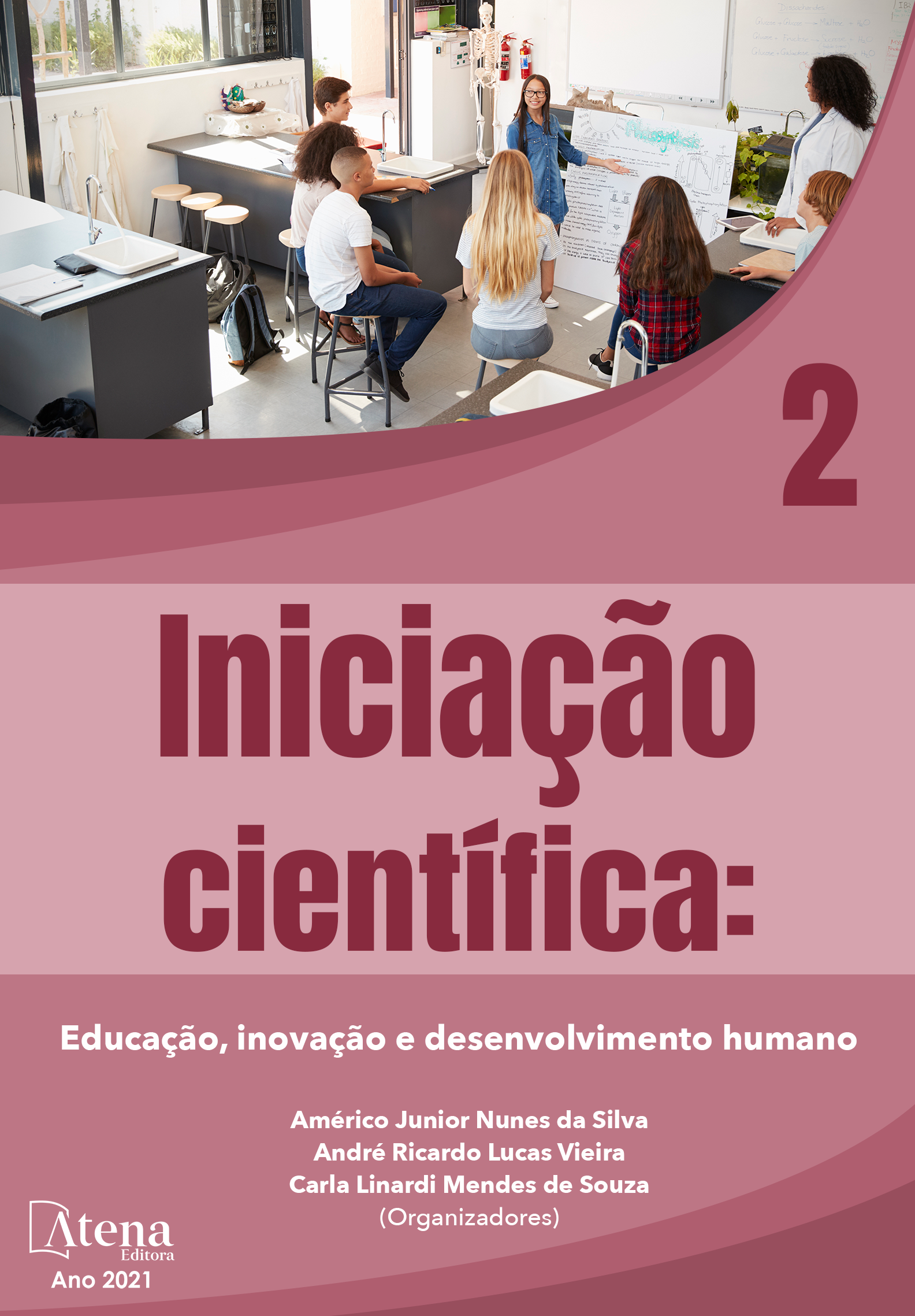
INTERAÇÕES MEDICAMENTOSAS EM PACIENTES DE HEMODIÁLISE: CONHECIMENTO E A PRÁTICA DA AUTOMEDICAÇÃO
O objetivo principal deste estudo é investigar as interações medicamentosas de pacientes em hemodiálise, seu conhecimento acerca da prescrição e a prevalência da automedicação; e como específicos investigar o uso de plantas medicinais, suas possíveis interações com medicamentos. Método: Estudo transversal desenvolvido em uma Clínica de nefrologia. A amostra foi composta por 96 pacientes em tratamento de hemodiálise, ambos os sexos, maiores de 18 anos, independentemente do tempo de tratamento. Os dados foram coletados através das prescrições e questionários. O estudo foi aprovado pelo Comitê de Ética em Pesquisa da Universidade do Estado de Santa Catarina. Resultados: Como resultado, houve prevalência do sexo masculino, média de idade 58,42 anos. A doença de base foi a hipertensão arterial, apresentavam média de quatro anos de tratamento dialítico, com uso médio de 11,2(±3,5) medicamentos. Foram encontrados nas prescrições 1.119 medicamentos prescritos, a classe terapêutica mais prescrita foi anti-hipertensivos e na análise foram identificados 760 interações medicamentosas. Quanto à gravidade das interações, 72% foram consideradas moderadas. A maioria dos pacientes sabia responder o número de medicamentos prescritos e a dose diária, mas não o nome do fármaco e por quanto tempo utilizar. Dos entrevistados, 74% relataram não fazer uso de medicamentos sem prescrição médica, os demais atribuíam a automedicação a facilidade de compra na farmácia. A indicação medicamentosa ocorria por parente/amigo e a classe mais utilizada foi de anti-hipertensivos. Cerca de 17 (17,7%) dos pacientes fazia uso de plantas medicinais. Conclusão: Conclui-se que há um elevado percentual de interações medicamentosas causadas pela polifarmácia e desconhecimento dos pacientes sobre as medicações utilizadas, mas raramente pela automedicação.
INTERAÇÕES MEDICAMENTOSAS EM PACIENTES DE HEMODIÁLISE: CONHECIMENTO E A PRÁTICA DA AUTOMEDICAÇÃO
-
DOI: 10.22533/at.ed.3722130089
-
Palavras-chave: Interações de Medicamentos. Hemodiálise. Automedicação. Cuidados de Enfermagem
-
Keywords: Drug Interactions. Hemodialysis. Self-medication. Nursing Care
-
Abstract:
Objectives: The main objective of this study is to investigate drug interactions in hemodialysis patients, their knowledge about the prescription and the prevalence of self-medication; and as specific to investigate the use of medicinal plants, their possible drug interactions. Method: Cross-sectional study developed in a nephrology clinic. The sample was composed of 96 patients on hemodialysis treatment, both sexes, older than 18 years, regardless of treatment time. The data were collected through prescriptions and questionnaires. The study was approved by the Research Ethics Committee of the Santa Catarina State University. Results: As a result, there was a prevalence of males, mean age 58.42 years. The underlying disease was hypertension; they had a mean of four years of dialysis treatment, with a mean use of 11.2 (±3.5) drugs. 1,119 drugs were found in the prescriptions, the most prescribed therapeutic class was antihypertensive drugs and 760 drug interactions were identified. As for the severity of interactions, 72% were considered moderate. Most patients could answer the number of prescribed drugs and daily dose, but not the name of the drug and for how long to use it. Of the interviewees, 74% reported not using drugs without prescription; the others attributed self-medication to the ease of purchase at the pharmacy. The drug indication was given by a relative/friend, and the most used class was antihypertensive drugs. 17 (17.7%) of the patients used medicinal plants. Conclusion: It is concluded that there is a high percentage of drug interactions caused by polypharmacy and patients' lack of knowledge about the drugs used, but rarely by self-medication
-
Número de páginas: 17
- Jéssica Costa Maia
- Olvani Martins da Silva


